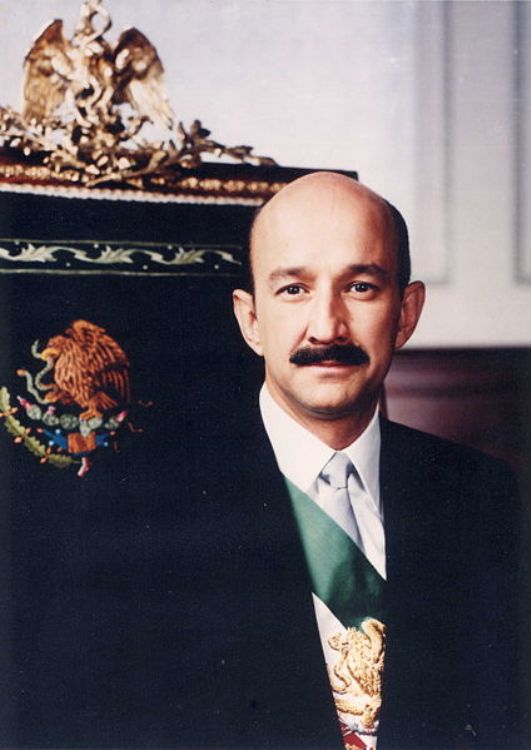
The long presidential period of Read more
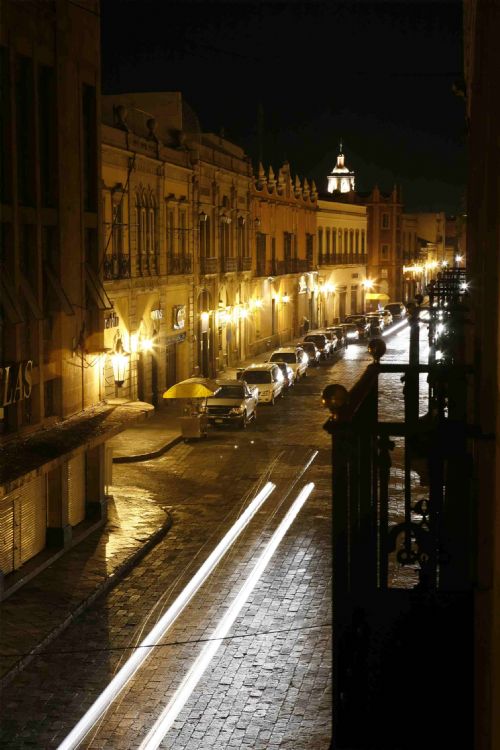
The current territories of the state of Queretaro contain traces of cultures which inhabited the areas of San Juan del Rio and Huimilpan around the year 500 B.C.
After the rise and fall of the Toltec city of Tula, groups of both hunters-gatherers and
agricultural settlements shared the state's mountains and valleys.
As the Spaniards arrived in the year 1529, Otomies and Tarascos occupied the lands of present day Queretaro, ethnic groups that in fact opposed little resistance to the conquerors, except perhaps for the battle fought in the Sangremal hill, where Spaniards and traitorous natives faced the indigenous defenses and where about to be defeated, when Santiago Apostol appeared out of nowhere and saved the day with his white horse and an illuminated cross in his hand. Such an apparition is recalled in the state seal and honored with the capital's name of Santiago de Queretaro.
So, in the year 1529 the locality of Huimilpan is founded, followed by San Juan del Rio in 1531, and Queretaro, which was raised to the rank of city in the year 1655.
The last to be submitted to Spanish rule thanks to the Franciscan missionaries were the chimicheca mobile tribes of the Pames and Jonacas, protected by La Sierra Gorda.
Great wool producer, the territories of the current state of Queretaro supplied fabric to the whole province of Nueva España, and it also established and controlled cattle prices. Then the tobacco industry was introduced in the XVIII century with the coming into operation of the Royal Tobacco Factory. Enjoying such economic success, the state soon witnessed the erection of large structures including churches, chapels, as well non-religious buildings like the Palacio de la Corrigeduria and the Casa de Escala, not forgetting the construction of the capital's aqueduct, which was able to supply the whole city, a considerable accomplishment for the time in Mexico.
As the struggle for independence began throughout the nation, the state's economic performance declined rapidly, as Queretaro was crossed by a mandatory military path connection the southern and central parts of the country. However, the state's prominence is not to be left behind yet, as it actually hosts the meetings conspiring against the Spanish Crown, with the participation of the Queretaro mayor Josefa Ortiz de Dominguez, appointed by the Spanish authorities themselves.
Once the armed uprising is on its way, the capital city was controlled by the Realist army right until the end of the struggle, as it was in fact the last city to be liberated from Spanish occupation.
During the celebration of the Constituent Congress in 1824, the state of Queretaro is officially proclaimed, and the first local administration assigned to governor Jose Maria Diezmarin.
Come the year 1848 and the North American invasion into Mexican soil, and again, Queretaro is to play a key role, as it hosts the infamous Guadalupe-Hidalgo treaty where Mexico relinquishes almost half its territory in exchange for the U.S. retreat.
Later on, in yet another episode along the Mexican long path to freedom, as the French takes its turn to invade only to see emperor Maximilian seek shelter in Queretaro as he is trapped by the republican army. In May 1867, the invading leader is executed in the Cerro de las Campanas hill, along with those who betrayed their own motherland, Mejia and Miramon.
As the dictatorship of Porfirio Diaz imparts order across the nation, the state of Queretaro is governed by Francisco Gonzalez de Cosio during 27 of the total 33 years the Porfiriato lasted. By the end of the XIX century, the state had progressed considerably with public works and technical advances such as the Hydroelectric Company, the introduction of running water, the opening of the Escuela Normal Superior college, the creation of 54 primary schools, improvements within the agricultural activity, the coming into operation of numerous cattle farms or large estates called Haciendas, and the celebration of vaccination campaigns run by the Health Superior Council . Finally, rail-road tracks begin to be laid across the state in the year 1902.
The city of Queretaro became the capital of the Mexican nation during the tenure of president Venustiano Carranza, and it also hosted the drafting and promulgation of the Mexican Constitution in 1917.
In the year 1996, the UNESCO declares the city of Queretaro as Cultural Patrimony of Humanity.

The long presidential period of Read more
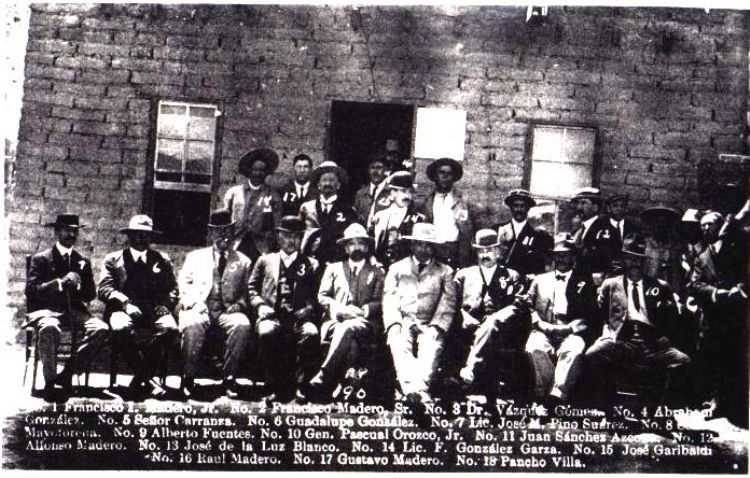
During the 19th century, the country had many battles, no...
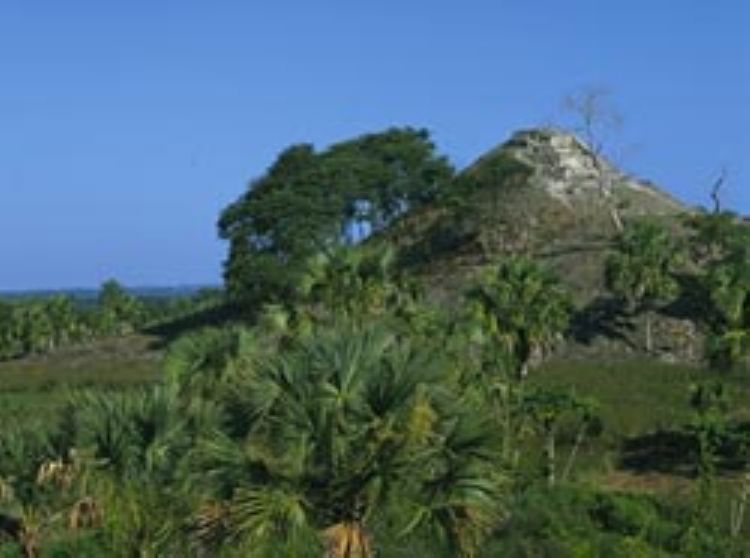
TABASQUEÑO; It is a site you shouldnât miss for ...
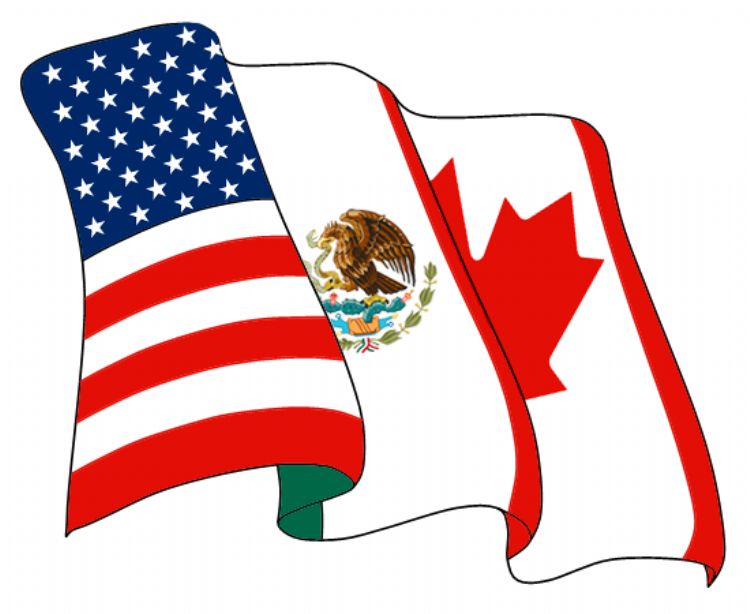
.jpg)
In order to begin this fun tour, we recommend you lodge f...